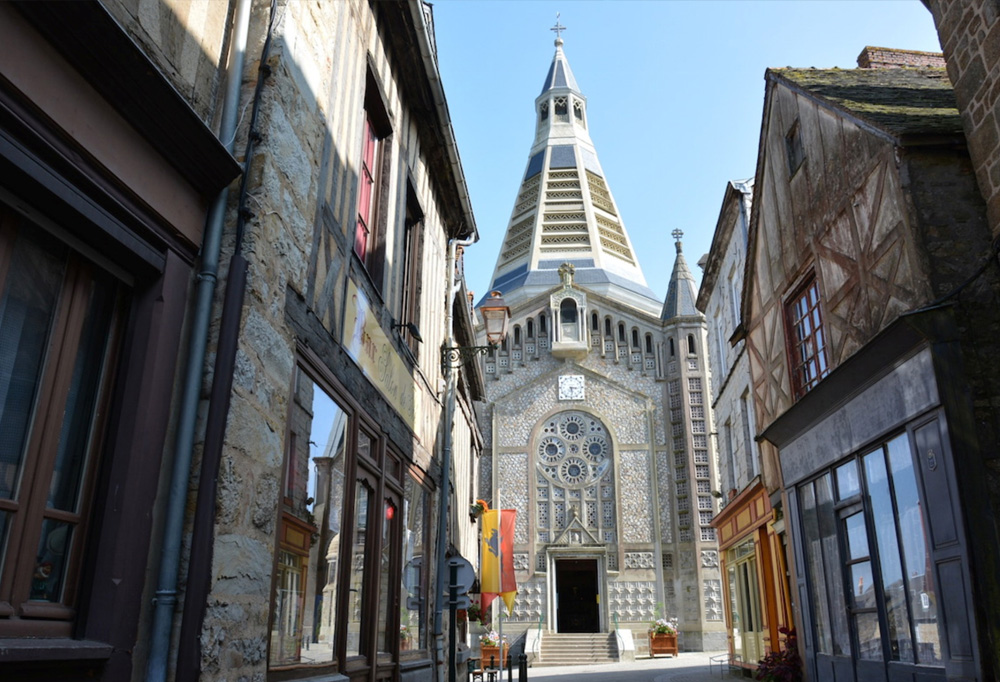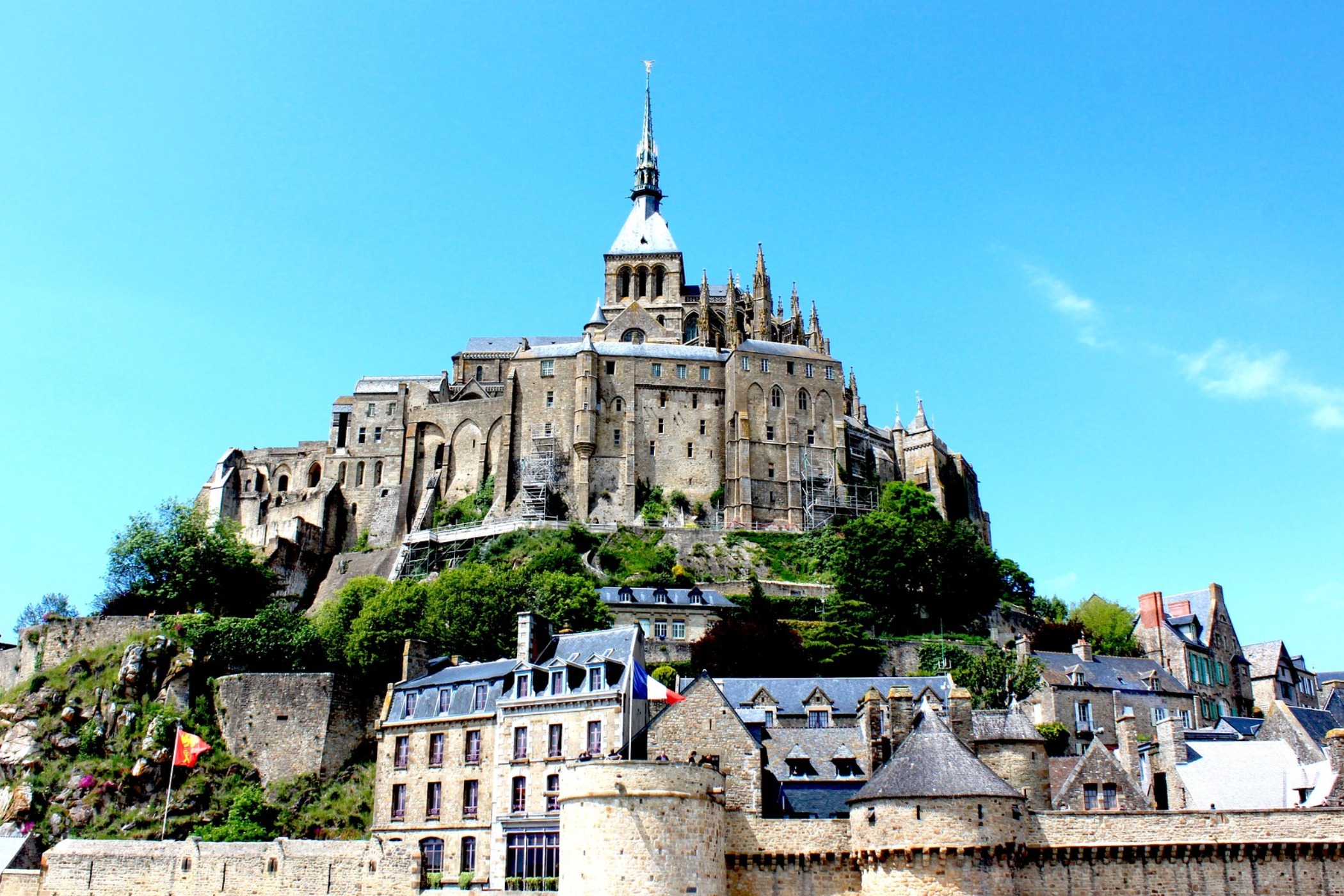Our world now is the result of constant development and improvements in the fields of science, technology, arts, culture, etc. But somewhere along the line don’t you feel our world has lost something which at one time made a significant impact and thus culminated to the very root of the formation of this society

Cultural heritage is a term which signifies tangible culture which can be specific to monuments, language, art, books, artifacts and what not.
Cultural heritage is a term which signifies tangible culture which can be specific to monuments, language, art, books, artifacts and what not. Our cultural heritage describes the basic definition of our existence. For example, a native from India would always denote his culture as an amalgam of various colorful festivals, spicy food, temples and prayer and loads of mythological stories.
Deep Lush – Hidden Intimate Chemistry
A lot of things could be said about Deep Lush and its approach to the art of making love. Given it’s an adults-only project and it’s certainly graphic a lot of things should be explained.
With enormous amount of generic, dull videos out there Deep Lush should be considered a fresh breeze of new era. Chemistry, intimacy and passion between partners in these scenes will stagger you. After all it’s been made by Nubiles studio that’s known for very high-end stuff…
The United Nations Educational, Scientific And Cultural – UNESCO
The United Nations Educational, Scientific and Cultural abbreviated as UNESCO is an organization that caters to the declining and endangering of the cultural heritage and promotes their preservation.

Indian Classical Dance Form
The Cultural Heritage That Still Exists Are:
- Indian Classical Dance Form – The major dance forms of Indian classical dance are- Kathakali, Bharatanatyam, Kuchipudi, Kathak, Odissi, and Mohiniattam. Out of these Bharatnatyam and Kathak are most practiced. Kathak is a North Indian dance form which mostly involves leg movements, spins and twirls and is termed as a form or storytelling. Bharatnatyam originated in Tamil Nadu which involves the visual depiction of religious and spiritual aspects of Tamil culture. Kathakali depicts storytelling through facial features. It illustrates a vibrant and colorful play that usually entails the historical climaxes that took place. This culture still exists in parts of Kerela but is rapidly declining.
- The Traditional Way Of Greeting Another Person – Termed as Namaste in North Indian, Wannakam in Tamil, Nomoshkar in Bengali, Sat Sri Akal in Punjabi, Khammaghani in Marwadi and so much more. This is a common tradition that entails folded hands as a mean of genuflection that shows utmost respect towards the other person.
- Kalarippayattu – A form of martial arts still exist in the South Indian state of Kerela is an ancient fighting style that originated in the 12th century in Kerala. This form includes various stages of ayurvedic massages and a series of sharp movements that help in gaining control of the body movement. This fighting style also includes sword fighting.
- Festivals – How can someone forget the Indian festivals. India is well known as the land of festivals where we celebrate various mythological stories, for example, Holi, Diwali, Chat Puja, Navratri, Durga Puja, Bihu, etc.
- The Art Of Yoga – It is now world famous and clinically proven to be beneficial for health is now being adopted by people around the whole world. Yoga helps in retaining focus and helps discover one. Yoga enables you to connect with your body, understand its rhythm, its needs and adapt your mind according to it. With everyday practice, Yoga promotes flexibility, inner peace, and tranquillity.
It is quite apparent that our old cultural heritage is experiencing its endangerment and slowly proceeding towards extinction. We can keep the culture alive by educating our future generation on this and also make it a part of our daily lives. A simple ‘Namaste’ in place of ‘hello’ will definitely contribute to its preservation and uplifting.











